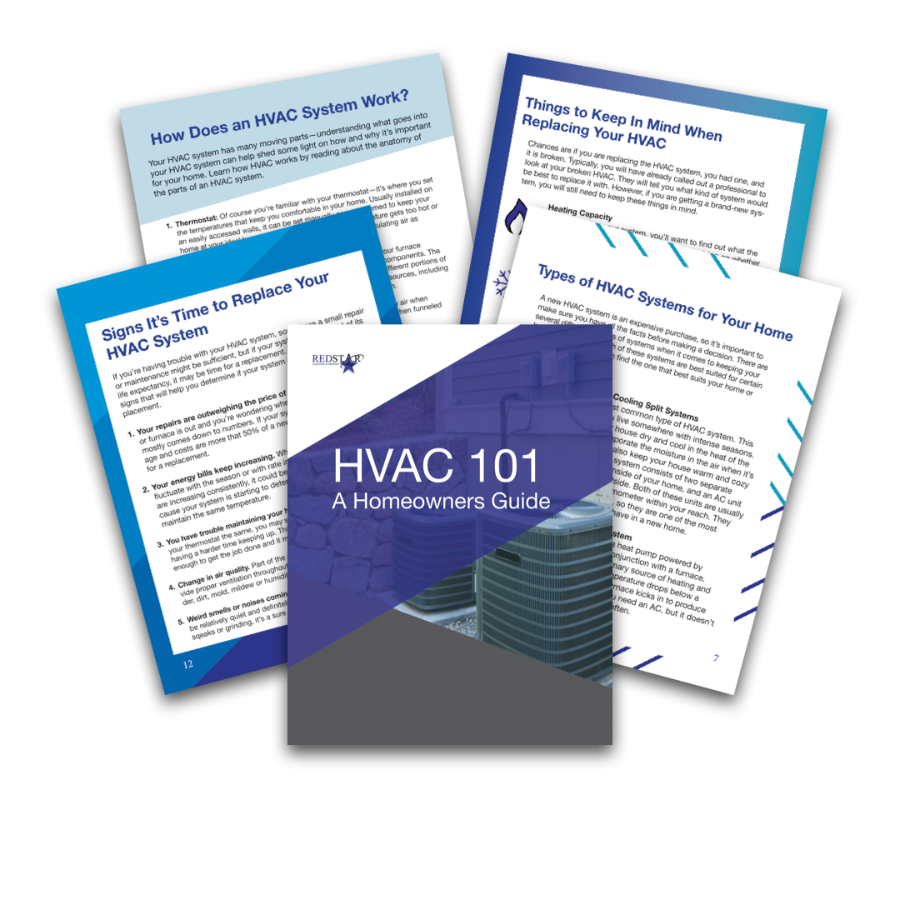As the seasons change, many of us eagerly anticipate warmer weather and blooming flowers. However, for allergy sufferers, the arrival of spring brings a different kind of anticipation - the dread of pollen season. Pollen, the microscopic grains released by plants for reproduction, can wreak havoc on our respiratory systems and turn our homes into allergen battlegrounds. In this blog post, we'll explore how seasonal allergies are linked to changes in weather, the impact of pollen on your HVAC system, and effective strategies to protect your home and family.
Understanding Seasonal Allergies and Weather Patterns
Seasonal allergies, also known as allergic rhinitis or hay fever, occur when our immune systems overreact to allergens like pollen. The severity of allergic reactions varies from person to person, but common symptoms include sneezing, congestion, itchy eyes, and coughing. Pollen levels tend to peak in the spring and fall when plants are in full bloom or shedding their leaves, respectively. However, allergic reactions can also occur year-round depending on local vegetation and weather conditions.
Changes in weather play a significant role in the distribution of pollen. Warm, sunny days with low humidity are ideal conditions for pollen release, while rain can temporarily wash pollen out of the air. Wind can carry pollen for miles, increasing exposure even in urban areas far from natural vegetation. Additionally, fluctuations in temperature and humidity can trigger the release of pollen from different plant species, prolonging allergy season and exacerbating symptoms for sufferers.
Impact of Pollen on Your HVAC System
While we often associate pollen with outdoor allergens, it can also find its way indoors, posing a threat to our indoor air quality and HVAC systems. Pollen particles are small enough to bypass window screens and enter our homes through open doors, windows, and ventilation systems. Once inside, pollen can accumulate on surfaces, carpets, and upholstery, becoming a persistent source of allergens.
Pollen infiltration doesn't stop at the doorstep - it can also affect your HVAC system. Pollen particles can clog air filters, obstruct airflow, and accumulate on coils and ductwork, reducing the efficiency of your system and compromising indoor air quality. A dirty or clogged air filter not only allows pollen to circulate freely but also strains your HVAC system, leading to increased energy consumption and potential breakdowns.
Protecting Your Home and HVAC System from Pollen
Fortunately, there are several proactive measures you can take to minimize pollen infiltration and protect your home and HVAC system:
-
1. Regular HVAC Maintenance: Schedule routine maintenance for your HVAC system, including filter replacements, coil cleaning, and duct inspections. This ensures optimal performance and reduces the risk of pollen buildup.
-
2. High-Efficiency Air Filters: Invest in high-efficiency particulate air (HEPA) filters for your HVAC system. These filters can capture pollen particles and other airborne allergens more effectively than standard filters, improving indoor air quality.
-
3. Seal Air Leaks: Seal gaps around windows, doors, and ductwork to prevent pollen from entering your home. Weatherstripping and caulking are effective solutions for sealing air leaks and improving energy efficiency.
-
4. Use Air Purifiers: Consider using portable air purifiers equipped with HEPA filters in rooms where you spend the most time, such as bedrooms and living areas. Air purifiers can remove pollen and other allergens from the air, providing relief for allergy sufferers.
-
5. Maintain Cleanliness: Regularly clean and vacuum your home to remove pollen and other allergens from surfaces and carpets. Launder bedding, curtains, and upholstery frequently to minimize allergen buildup.
-
6. Limit Outdoor Exposure: On high pollen days, try to limit outdoor activities, especially during peak pollen hours in the early morning and late afternoon. Keep windows and doors closed to prevent pollen from entering your home.
-
7. Landscaping Strategies: Consider landscaping your yard with low-pollen plants and trees to reduce pollen exposure. Remove weeds and overgrown vegetation that can harbor pollen-producing plants.
By implementing these strategies, you can minimize pollen infiltration, improve indoor air quality, and protect your HVAC system from the effects of seasonal allergies. Don't let pollen rob you of the joy of spring - take proactive steps to create a healthier and more comfortable indoor environment for you and your family.
In conclusion, seasonal allergies are a common concern for many individuals, especially during periods of high pollen levels. Understanding the relationship between weather patterns and pollen distribution is crucial for managing allergy symptoms and protecting your home and HVAC system. By implementing preventative measures such as regular HVAC maintenance, high-efficiency air filters, and cleanliness routines, you can minimize pollen infiltration and create a healthier indoor environment for you and your family to enjoy year-round.


